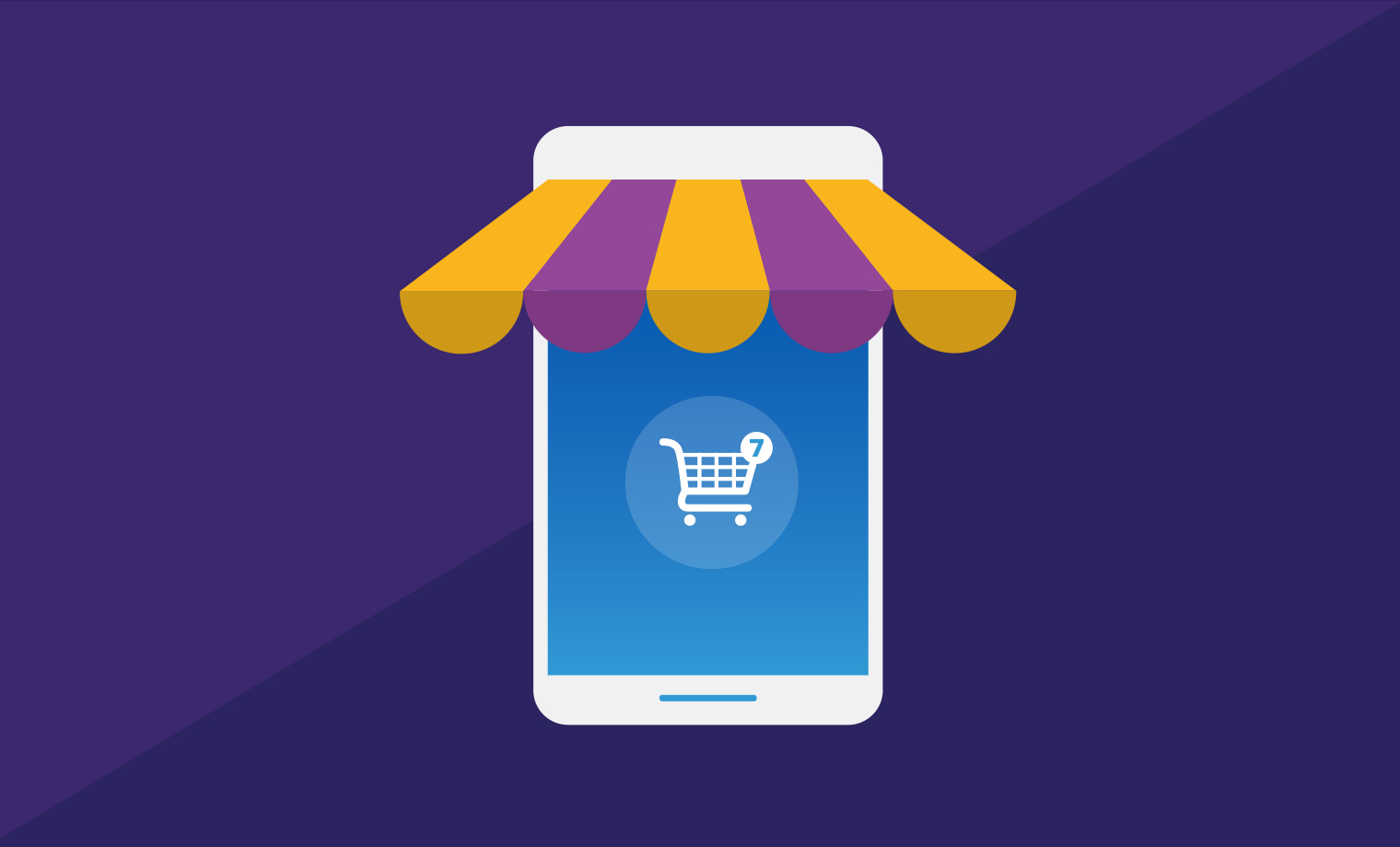With revenue from ecommerce projected to grow by 8.6% annually through 2022, ensuring your digital presence is as compelling as it is efficient is increasingly important. Here are some insights into how to accomplish that based on our own experience designing and developing sites and from our attendance at industry events, including this year’s Big Commerce eCommerce Growth Summit.
1. Simple navigation is best.
A site’s main categories should be displayed prominently on the home page so users can easily find what they’re looking for without having to hunt through drop-down menus. When we replatformed pool industry leader Pentair’s website, for instance, we included navigation that was clear and simple and featured the product categories users most wanted to see. This was determined by an analysis of both sales data and observed user behavior captured from the site itself.
2. Make sure it sticks.
In addition to making the main menu easy to find, using sticky navigation keeps it from disappearing as the viewer scrolls. We include this feature in most of our sites to ensure visitors never lose sight of where they are, where they can go next, and how they can make a purchase.
3. Carousels make for better viewing than thumbnails.
When displaying images, users are more likely to interact with a scrolling carousel of larger images, rather than opening multiple thumbnails. Including prominent arrows or other directional markers allows for easy engagement. In our work for Founders Brewing, we featured a carousel to showcase the breadth of their products and to allow users to interact with each at their own pace.
4. Product descriptions should be detailed.
The copy detail and type should be consistent across all products. Also, both bullets and copy blocks in descriptor sections should be used to appeal to all audiences—even if repetition occurs. Allowing shoppers to do a deeper dive through Learn More buttons, can help fuel interest in specific products.
5. Don’t skimp on the details.
Optimizing product pages includes showing products to scale with either models or real-world placement. This can give consumers a better idea of the size and use. On Pentair.com, for instance, we use 360-degree views to show how our client’s product fits within a typical pool environment.
6. Ask users to get involved.
Encouraging user-contributed content like reviews and product photos not only generates free and relevant content, it also builds trust and can fill in any information gaps. Also, including inspirational content from product users in real-life situations helps build a connection. With this in mind, we created the world’s first online pool community, Pentair’s poolfyi, where pool owners and professionals trade advice and share stories. It’s been an effective way of showing, rather than just telling the marketplace about Pentair’s commitment to building and supporting the pool-owning community through the products it sells.
7. Combine images and text.
Often, these two elements get separated, which causes confusion. Using a scroll feature that displays images with descriptions can help tell a better story. In our initial build and subsequent redesign for Old Second Bank’s site, we paired vivid images with copy to relay visually engaging stories and a stronger user experience.
